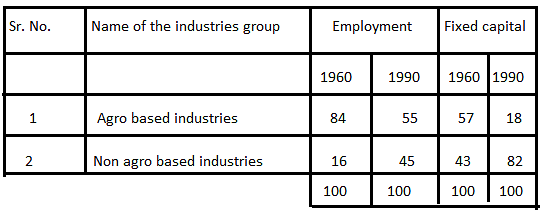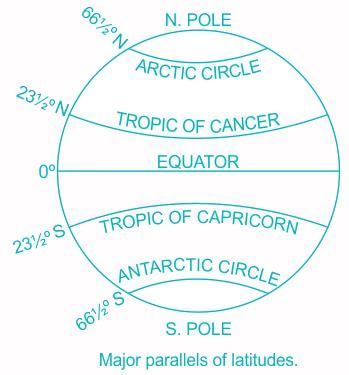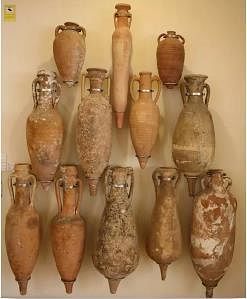KTET Paper 2: Social Science Test - 5 - KTET MCQ
30 Questions MCQ Test KTET Mock Test Series 2024 - KTET Paper 2: Social Science Test - 5
In the Khanwa battle, who did Babur fight against?
| 1 Crore+ students have signed up on EduRev. Have you? Download the App |
Read the following statements with regard to social science teaching and choose the appropriate option.
Statement A: Inquiry-based learning is a valuable teaching approach in social science that promotes critical thinking, problem-solving, and decision-making skills.
Statement B: The teaching of social science requires the integration of multiple disciplines, including history, geography, economics, political science, and sociology.
Statement A: Inquiry-based learning is a valuable teaching approach in social science that promotes critical thinking, problem-solving, and decision-making skills.
Statement B: The teaching of social science requires the integration of multiple disciplines, including history, geography, economics, political science, and sociology.
A man on a motor vehicle reached a junction and there are roads in front of him in a 'V' shape. This junction is called a
In Bengal, temples and other religious structures were often built by individuals or groups who were becoming powerful in order to
A teacher writes instructional objective for his/her lesson plan as 'Students will be able to give reasons for the downfall of Mauryan dynasty'. This objective will come under:
Mansabdars during Mughal period received their salaries as revenue assignments called _________.
Place T is located 60ºE far from place X. What will be the exact time of place T when it is 10:30 at X.
Read the following and choose the correct statement(s) which violate child rights.
- Child marriage arranged by parents
- Child who worked in motels above 16 age
- Child forced to go to school by parents
- Abortion of female fetus, separate from legal methods
Rani, who is 'y' years old at present, is 'x' years older than Hamid. Fifteen years ago, Hamid's age was 1/4 of the age of Rani. Which of the following is true?
Study the following statements about the effects of weeds on the crop plants:
(A) They help crop plants to grow healthily.
(B) They interfere in harvesting.
(C) They affect plant growth.
(D) They compete with crop plants for water, nutrients, space and light.
Which of the above statements is/are correct?
Read the Statements (A) and (R) and choose the correct option.
Assertion (A) : The air is cold in areas having lower temperature.
Reason (R) : Air is heavy in cold areas.
The Constituent Assembly adopted our National Anthem on
Read the following statements and choose the appropriate option.
Assertion(A): The use of technology in assessment can improve the accuracy and efficiency of the assessment process.
Reasoning(R): Technology can facilitate the use of various assessment methods, such as online quizzes, automated grading, and data analysis, leading to more accurate and efficient assessment.
Which of the following is not the main cause of urbanisation?
Which Article(s) of Children's Bill of Rights (1992) state(s), 'I have the right to know about my rights'?
The best way to teach the topic 'Functions of Parliament' is through
Consider the following statements with regard to the nature of the Indian Monsoon:
1. Dry spells during the monsoon period can occur both in Northern India as well as over the west coast.
2. Northern plains and the west coast receive their rainfall from two different rain-bearing systems.
Which of the statements given above is/are correct?
Who among the following has described the 'status of muslim merchants of Kerala'?
Which of the following statement is correct in the context of the integration of art with social studies?
I. Art can make social science subjects more interesting.
II. Sketching, drawing, and painting become more attractive way of learning.
Which of the following statements about 'ancient manuscripts' is not correct?
Industrial structure in Andhra Pradesh in percentage.

The structural changes as shown in the table reveal that
While teaching 'Regional Inequality' which of the following would be the best suited method?
Which of the following features is common to Buddhism and Jainism?
Which of the following descriptions of a learner's behaviour could be used to assess attitudes and values in a Social Science classroom?
Who coined the phrase "Unity in Diversity" to describe India?
With reference to social studies, which of the following statements is correct?
I. Social studies link the disciplines of the social sciences in an unrelated manner.
II. It meaningfully integrates the disciplines of social science with the aim of helping to understand human relations with society (the society in which they live).
|
100 tests
|



 , if
, if  , then
, then  is
is










